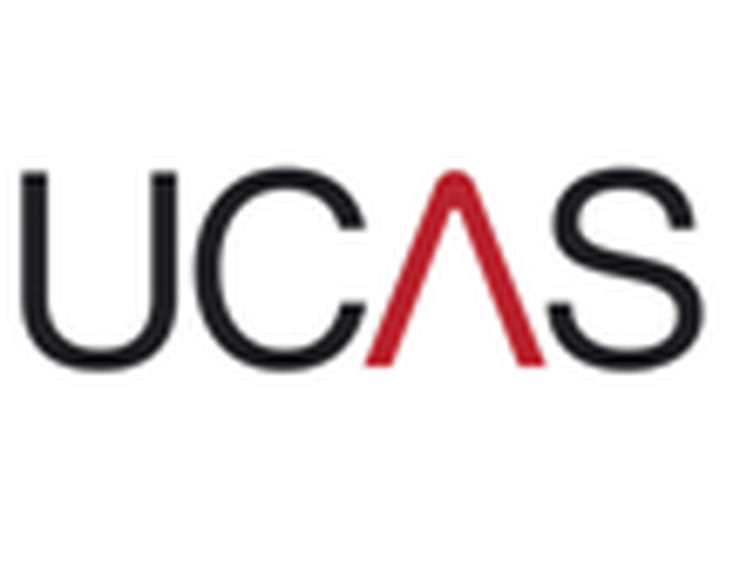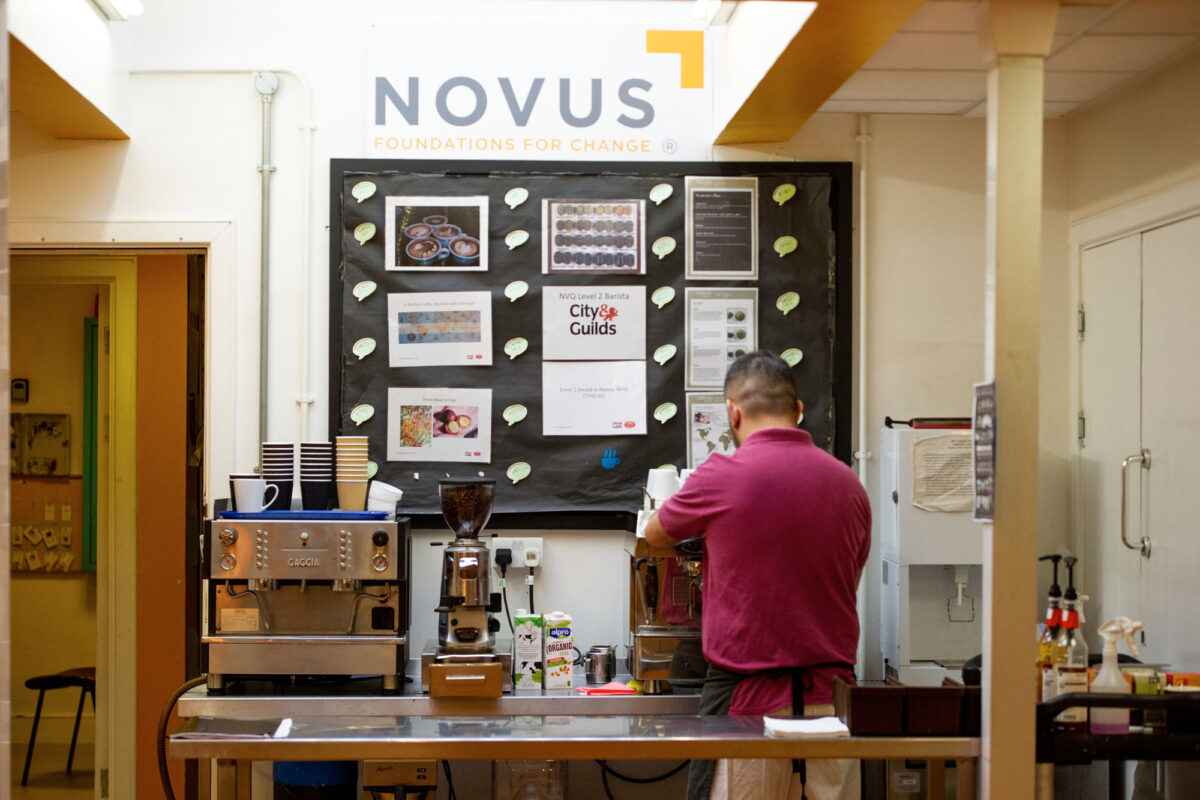More disadvantaged students than ever have a place at university

For the first time, more than a fifth of young people (20.4 per cent, 25,910 students) from the most disadvantaged backgrounds (POLAR4 quintile 1 ) across the UK have a confirmed place at university or college, slightly narrowing the gap between the most and least advantaged groups.
The latest figures for the 2019 application cycle, which analyse acceptance numbers as of 28 days after A level results day, show 33.8 per cent of all UK 18 year olds have been placed through UCAS. This is a new record for this point in the cycle, and exceeds the final end of cycle figure (33.0 per cent) from 2018. The number of UK 18 year olds accepted is 239,460. This represents a 1 per cent increase, despite there being almost 2 per cent fewer 18 year olds in the UK population this year.
A record 40,720 international students from outside the EU have been accepted (a 6 per cent increase), while the number of EU students accepted (30,350) is similar to 2018.
A new high of 65,810 students have so far used Clearing to secure their place at university or college, up nearly 10 per cent on the equivalent point in 2018. 15,760 of those, also a record, got their place after applying for the first time with their results in hand through the recognised post-qualifications admissions route.
A total of 495,620 students now have a confirmed place on a full-time undergraduate course, a small increase on last year. Typically, 95 per cent of students who will be accepted by the end of the cycle have already been placed at this point.
All of today’s statistics can be found in our new interactive dashboard , allowing users to visualise and tailor the reporting to their own specification.
Clare Marchant, UCAS’ Chief Executive, said:
‘It’s fantastic to see so many students from diverse backgrounds getting the life changing opportunity to study at our internationally renowned universities and colleges. More people using Clearing shows the increasing flexibility of the different routes students can choose to enter higher education.
‘Our upcoming End of Cycle Report, to be published within weeks of the final Clearing choices being made, will paint the full picture of the 2019 cycle. Further analysis will also inform the Universities UK and Office for Students’ admissions reviews as they take shape, and help ensure students’ interests are at the forefront as we explore further improvements to the UK’s shared admissions service.’
Richard Gascoigne, CEO of Solutionpath, said:
“The news that more disadvantaged students than ever have gained university places this year is fantastic, but it is a whole separate challenge to ensure they remain there for the entirety of their course. When the UK Government called on universities to tackle high rates of student dropouts earlier this year, figures illustrated that disadvantaged students were still more likely to drop out of university compared with their more advantaged peers. Recent figures from the Higher Education Statistics Agency (HESA) pointed to the same trend, adding that the attrition rate between rich and poor students had widened over a year.
“Universities need to provide students from all backgrounds with the tools to support themselves, and gain control of their own attainment in order to close this gap. Providing the opportunity for a student to have complete visibility of their own performance can enable self-reflection, and means that a student can understand exactly where they’re achieving, and where they need to take action. Transition from any further education environment to higher education is difficult for anyone, but especially for those students that are from families who haven’t been to university before. Learning analytics technology is able to point to those who are not participating early in any problem cycle to steer them back on course.
“This can be positive direction in closing the social mobility gap, but can also have huge impact on the economy, something that the All Parliamentary Party Group co-chairs also recently reiterated. Universities have an important role in being this catalyst for social change, and those universities that prioritise it stand to gain the most.”
The last date for new applications is tomorrow, Friday 20 September. Clearing choices can be added to existing applications until Monday 21 October. A total of 66,770 people used Clearing in 2018.
This analysis concludes reporting for the 2019 Confirmation and Clearing period. The final applicant and acceptance totals for the 2019 cycle will be published later in the year, as part of our UCAS Undergraduate End of Cycle Report. A full timetable of upcoming statistical publications is available online.
In Scotland, there is a substantial section of higher education that is not included in UCAS’ figures. This is mostly full-time higher education provided in further education colleges, which represents around one third of young full-time undergraduate study in Scotland – this proportion varies by geography and background within Scotland. Accordingly, figures on applications and application rates in Scotland reflect only those applying for full-time undergraduate study through UCAS.











Responses